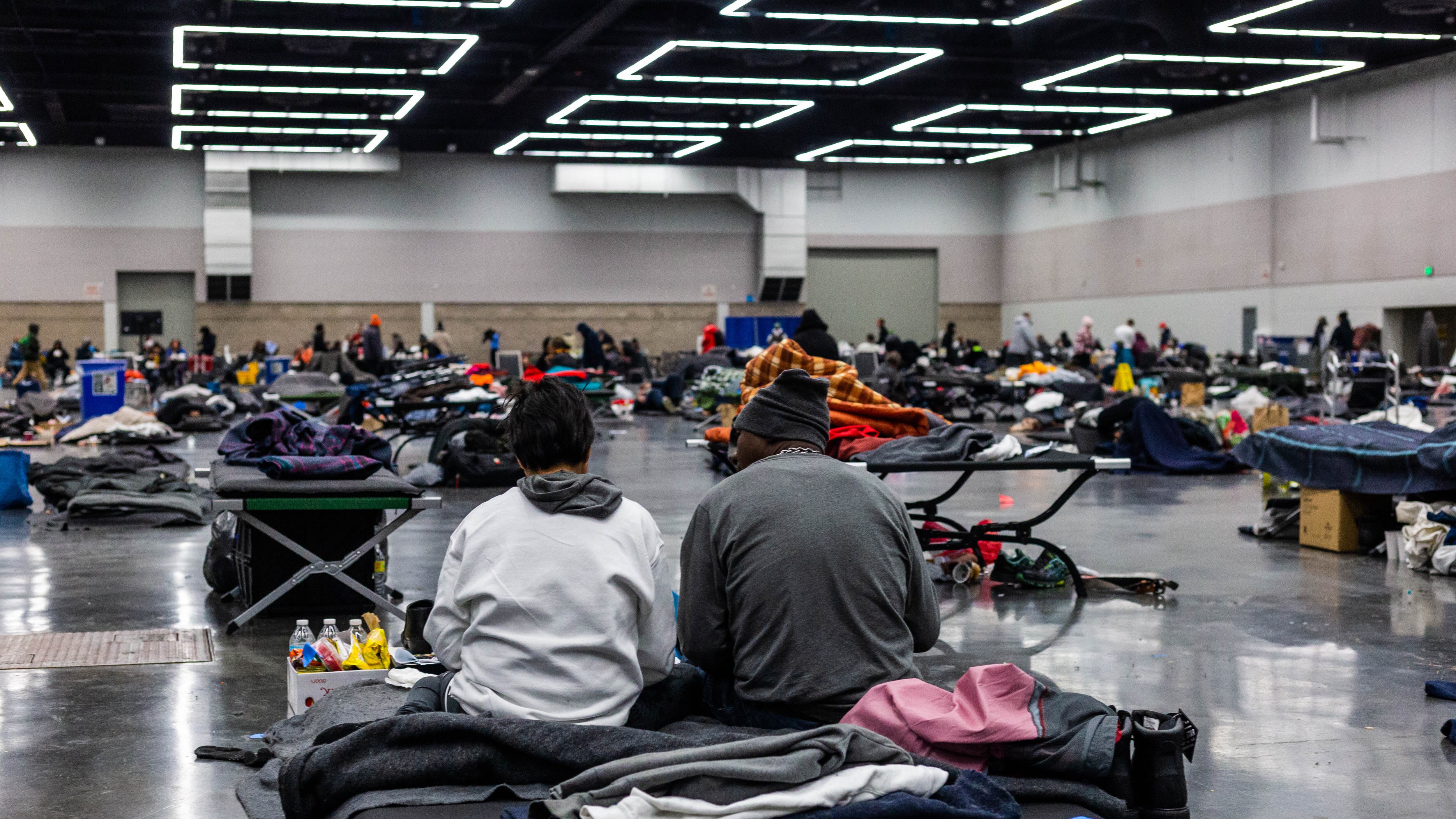The number of people experiencing homelessness of all kinds in Multnomah County—unsheltered, in shelters, and in transitional housing—rose 20% in 2023, an increase that county officials attributed to “ongoing use of increasingly robust by-name lists and services data.”
Put another way: County officials claim they got much better at looking for unhoused people, muddying the year-to-year comparison.
The federal government requires a “Point-in-Time count,” in which volunteers survey the population to determine how many people are living outside on a single night of the year. Multnomah County enhances that count with by-name lists from the U.S. Department of Housing and Urban Development and data from local homeless services organizations.
“Data collection found more people,” said Multnomah County spokesman Denis Theriault.
This year, the count took place Jan. 25-31. Surveyors asked participants where they slept on the night of Jan. 24. The county used shelter and transitional housing data from the same night to enhance its data.
The total number of people experiencing homelessness totaled 6,297, Multnomah County said, up from 5,228 in 2022. The number who were unsheltered—living on the street—totaled 3,944 in 2023, up 29% from 3,057 in 2022. Of that number, 2,340 were found through enhanced methods in 2023, up 65% from the 1,416 found through enhanced methods in 2022.
In a six-page press release that included data for all three metro-area counties—Multnomah, Clackamas and Washington—county officials emphasized the improvement in data collection and a 17% decline in “chronic homelessness” across the region. Under the federal definition, chronic homelessness is defined as being homeless for at least a year or repeatedly while struggling with a disability.
Multnomah County said chronic homelessness across the Portland metro area fell 16% to 2,610 in 2023 from 3,120 in 2022.
“But because of expanded shelter options and improved data collection—adding hundreds of people experiencing homelessness who would have been missed in past counts—Multnomah County nonetheless reported an overall increase in people counted with and without shelter,” the county said.
The number of people in Multnomah County shelters rose by almost 400, or 28%, to a record 1,821, the county said, following a “steady increase” in shelter capacity during and since the pandemic.
When it comes to homelessness in the tri-county region, success is defined by the results in Multnomah County.
Washington County had just 773 people experiencing homelessness in the Point-in-Time count, down 4% from 808 in 2022. The decline came despite the fact that Washington County used supplemental by-name lists and services data for the first time, Washington County said, “demonstrating that even with this improved methodology, overall rates of homelessness still decreased.”
Homelessness plunged in Clackamas County, albeit from a small base. Clackamas counted 410 people experiencing some kind of homelessness, down 31% from 597.
In their release, the three counties said that money from the Metro Supportive Housing Services program, approved by voters in 2020, helped provide shelter and housing in the past 12 months. The program is funded by a 1% tax on income over $125,000 for individuals and $200,000 for couples.
Patricia Rojas, director of housing for the Metro regional government, had a less rosy take on the Point-in-Time count data than officials from individual counties did.
“It’s clear that there are too many people leaving housing and going onto our streets,” Rojas said in a statement. “In Multnomah County alone, more than 6,600 people faced eviction in 2022. The Supportive Housing Services fund helped keep that number from being higher, offering eviction protection and emergency rent assistance for 8,104 people regionwide, and we are working to try to increase that so we can get ahead of homelessness before it starts, while still trying to end the chronic homelessness we see on our streets every day.”
